Home>Gardening & Outdoor>Landscaping Ideas>How To Keep Grass Green In Texas


Landscaping Ideas
How To Keep Grass Green In Texas
Modified: February 18, 2024
Discover effective landscaping ideas to keep your grass green in the challenging Texas climate. Learn expert tips and techniques for a lush, vibrant lawn.
(Many of the links in this article redirect to a specific reviewed product. Your purchase of these products through affiliate links helps to generate commission for Storables.com, at no extra cost. Learn more)
Introduction
Welcome to the Lone Star State, where the sun shines bright and the land sprawls wide. Texas is known for its rugged beauty, diverse landscapes, and, of course, its scorching hot summers. Keeping your grass green and lush in Texas can be a challenge, but with the right knowledge and techniques, you can achieve a vibrant and healthy lawn that will be the envy of your neighborhood.
In this comprehensive guide, we will delve into the intricacies of maintaining green grass in the unique climate of Texas. From understanding the nuances of the Texas climate to choosing the right grass species, implementing proper watering and fertilizing techniques, and tackling maintenance challenges, we will cover everything you need to know to keep your lawn looking its best. Whether you're a seasoned Texan or new to the state, this guide will equip you with the tools to transform your lawn into a verdant oasis amidst the Texas heat.
So, roll up your sleeves, put on your gardening hat, and let's explore the art and science of nurturing green grass in the great state of Texas.
Key Takeaways:
- Choose the right grass species like Bermuda, Zoysia, Buffalo, or Centipede to thrive in Texas’s diverse climates and ensure a vibrant and enduring lawn.
- Implement deep, infrequent watering, early morning watering, and adjustable sprinklers to sustain a healthy lawn while conserving water in the arid Texas climate.
Read more: How To Keep Your Grass Green
Understanding Texas Climate
Before diving into the specifics of lawn care, it’s crucial to grasp the unique climate that defines Texas. The state’s vast expanse encompasses a range of climates, from the humid subtropical conditions in the east to the arid and semi-arid climates in the west. Summers in Texas are notorious for their sweltering heat, often accompanied by prolonged periods of drought. In contrast, winters can vary from mild to chilly, depending on the region.
Understanding the climatic variations across Texas is essential for selecting the right grass species and implementing effective maintenance practices. For instance, the eastern regions, including cities like Houston and Dallas, experience hot and humid summers, while the western areas, such as El Paso, contend with arid conditions. These divergent climates necessitate tailored approaches to lawn care.
Furthermore, the prevalence of drought in Texas underscores the importance of water conservation. Many parts of the state face water restrictions during dry spells, making it imperative to choose grass varieties that are resilient to drought and can thrive with minimal water. By comprehending the intricacies of Texas’s climate, you can make informed decisions that will contribute to the long-term health and vibrancy of your lawn.
Now that we’ve gained insight into the diverse climates that define the Lone Star State, it’s time to explore the pivotal factor of selecting the right grass species to withstand the rigors of Texas’s weather.
Choosing the Right Grass
When it comes to cultivating a lush green lawn in Texas, selecting the appropriate grass species is paramount. Given the state’s diverse climates, it’s essential to choose grass varieties that can thrive in the specific conditions of your region. Here are some top contenders for Texas lawns:
- Bermuda Grass: Known for its exceptional heat tolerance, Bermuda grass is a popular choice in Texas. It thrives in full sun and can withstand high temperatures, making it well-suited for the scorching summers that characterize much of the state.
- Zoysia Grass: With its moderate water needs and ability to endure both heat and cold, Zoysia grass is a versatile option for Texas lawns. It exhibits good drought tolerance and can maintain its vibrant green hue even during periods of water scarcity.
- Buffalo Grass: Native to Texas, Buffalo grass is celebrated for its low water requirements and resilience in the face of drought. It is well-adapted to the state’s semi-arid regions and can thrive with minimal maintenance.
- Centipede Grass: Recognized for its low maintenance nature, Centipede grass is an excellent choice for those seeking a low-maintenance, yet visually appealing lawn. It prefers acidic soils and exhibits good heat tolerance.
Before making a decision, consider factors such as the amount of sunlight your lawn receives, the average rainfall in your region, and the level of maintenance you’re willing to undertake. Additionally, consulting with local nurseries or landscaping professionals can provide valuable insights into the most suitable grass species for your specific location within Texas.
By selecting a grass variety that aligns with the climate and environmental conditions of your area, you can lay a solid foundation for a vibrant and enduring lawn. With the right grass in place, the next crucial step is to implement proper watering techniques to sustain its health and vitality.
Proper Watering Techniques
Water is a precious resource, especially in the arid and semi-arid regions of Texas. Implementing effective watering techniques is essential for nurturing a green and resilient lawn while conserving water. Here are some key strategies to ensure optimal watering:
- Deep, Infrequent Watering: Instead of frequent shallow watering, encourage deep root growth by watering your lawn less often but more deeply. This promotes stronger, more drought-resistant grass.
- Early Morning Watering: Schedule your watering sessions for the early morning hours, typically before 10 a.m. This allows the grass to absorb the moisture before the intense midday sun, reducing water loss through evaporation.
- Adjustable Sprinklers: Utilize sprinklers with adjustable settings to ensure even water distribution across your lawn. Avoid watering paved areas to prevent wastage.
- Monitor Soil Moisture: Keep an eye on the moisture levels in your soil. Overwatering can lead to shallow root systems and increased susceptibility to pests and diseases, while underwatering can cause stress and discoloration.
- Consider Rainwater Harvesting: Given the sporadic nature of rainfall in Texas, consider installing a rain barrel or cistern to collect rainwater for later use in your lawn irrigation system.
Furthermore, familiarize yourself with any local water restrictions and adhere to them diligently. Many municipalities in Texas have specific guidelines for lawn watering to conserve water during dry periods. By following these regulations, you not only contribute to water conservation efforts but also avoid potential fines or penalties.
By employing these watering techniques, you can sustain a healthy lawn while being mindful of water usage, a practice that is especially crucial in the context of Texas’s climate. In addition to proper watering, the judicious application of fertilizers is instrumental in fortifying your grass against the challenges posed by the state’s climate.
Water your grass deeply and infrequently, early in the morning or late in the evening to reduce evaporation. Use a sprinkler system or soaker hose to ensure even coverage.
Fertilizing Tips
Fertilizing your lawn is a fundamental aspect of maintaining its health and vibrancy, particularly in the demanding climate of Texas. The following tips will guide you in effectively nourishing your grass to ensure lush, green growth:
- Soil Testing: Before applying fertilizers, conduct a soil test to determine its pH level and nutrient composition. This will enable you to select the most suitable fertilizer and ascertain the specific nutrient requirements of your lawn.
- Choose the Right Fertilizer: Opt for a high-quality, slow-release fertilizer, ideally one formulated for the specific grass species in your lawn. Slow-release fertilizers provide a steady supply of nutrients to the grass over an extended period, promoting consistent growth and minimizing the risk of nutrient leaching.
- Follow Recommended Application Rates: Adhere to the manufacturer’s instructions regarding the application rates and frequency of fertilization. Over-fertilizing can lead to excessive growth, making the grass more susceptible to diseases, while under-fertilizing can result in nutrient deficiencies.
- Timing Is Key: Apply fertilizers during the growing season, typically in the spring and fall. Avoid fertilizing during the scorching summer months, as this can stress the grass and lead to potential damage.
- Consider Organic Alternatives: Organic fertilizers offer a natural and sustainable approach to nourishing your lawn. They enrich the soil, improve microbial activity, and contribute to long-term soil health.
By adhering to these fertilizing tips, you can provide your grass with the essential nutrients it needs to thrive in the dynamic Texas climate. However, proper fertilization is just one piece of the puzzle. Equally crucial is the approach you take to mowing and maintaining your lawn.
Read more: How To Keep My Grass Green And Healthy
Mowing and Maintenance
Proper mowing and maintenance practices are integral to the overall health and appearance of your lawn. In the context of Texas’s climate, where high temperatures and occasional drought are common, adopting the right approach to mowing and upkeep is crucial. Here are essential guidelines to ensure your grass remains green and resilient:
- Set the Right Mowing Height: Adjust your mower to the appropriate height for the specific grass species in your lawn. Taller grass shades the soil, reduces water evaporation, and fosters deeper root growth, all of which are beneficial in the Texas climate.
- Follow the One-Third Rule: Avoid cutting more than one-third of the grass blade’s length in a single mowing session. This practice prevents stress on the grass and helps maintain its vigor.
- Keep Mower Blades Sharp: Dull blades can tear the grass, leading to a ragged and uneven appearance. Regularly sharpen your mower blades to ensure clean cuts that promote healthy growth.
- Maintain Adequate Airflow: Periodically dethatch your lawn to facilitate air circulation and water penetration. This is particularly important in Texas, where compacted soil and thatch buildup can hinder the grass’s ability to thrive.
- Address Bare Patches Promptly: Overseed any bare or thin areas in your lawn to maintain a dense and uniform grass cover. Choose grass varieties that are well-suited to the Texas climate and your specific region.
By adhering to these mowing and maintenance practices, you can foster a robust and visually appealing lawn that withstands the rigors of the Texas climate. However, even with meticulous care, lawns in Texas are susceptible to pests and weeds, presenting challenges that necessitate proactive management.
Dealing with Pests and Weeds
In the dynamic climate of Texas, the battle against pests and weeds is an ongoing endeavor for maintaining a healthy lawn. The following strategies will help you effectively manage these common challenges:
- Integrated Pest Management (IPM): Embrace an IPM approach that emphasizes preventive measures, such as promoting a healthy soil ecosystem and employing natural pest control methods. This holistic strategy minimizes the reliance on chemical treatments and fosters a balanced and resilient lawn.
- Identify Common Pests: Familiarize yourself with the prevalent pests in your region, such as chinch bugs, armyworms, and grubs. Regularly inspect your lawn for signs of pest activity, such as irregular patches of discolored or wilting grass.
- Selective Weed Control: Utilize selective herbicides to target specific weed species while minimizing impact on desirable grass. Timing is crucial, and applying herbicides when weeds are actively growing maximizes their effectiveness.
- Maintain a Healthy Lawn: A well-nourished and properly maintained lawn is more resilient to pest infestations and weed encroachment. Implementing the aforementioned watering, fertilizing, and mowing practices contributes to the overall health of your grass, making it less vulnerable to invasive species.
- Consult with Professionals: If pest or weed issues persist despite your efforts, seek guidance from local landscaping professionals or extension services. They can provide tailored recommendations and targeted solutions based on the specific challenges you encounter.
By proactively addressing pests and weeds through a combination of preventive measures and targeted interventions, you can safeguard the health and visual appeal of your lawn in the face of Texas’s climatic demands. With these strategies in place, you are well-equipped to navigate the nuances of lawn care in the Lone Star State.
Conclusion
Cultivating and maintaining a vibrant, green lawn in Texas is a harmonious blend of science, art, and environmental stewardship. The unique climate of the state, characterized by its diverse regional variations and challenging weather patterns, necessitates a thoughtful and informed approach to lawn care. By understanding the nuances of the Texas climate and implementing tailored strategies, you can nurture a resilient and visually captivating lawn that thrives amidst the Lone Star State’s dynamic conditions.
From selecting the right grass species that align with your region’s climate to implementing proper watering techniques that balance conservation with optimal hydration, each aspect of lawn care plays a pivotal role in the overall health of your grass. Fertilizing, mowing, and addressing pests and weeds are integral elements that contribute to the resilience and vibrancy of your lawn, ensuring it remains an inviting oasis for relaxation and recreation.
As you embark on the journey of maintaining a green lawn in Texas, remember that it is a dynamic and evolving process. Observing your lawn’s response to different care practices, staying attuned to local climate patterns, and adapting your approach accordingly are key to long-term success. Embracing sustainable and environmentally conscious lawn care practices not only enhances the beauty of your property but also contributes to the well-being of the broader ecosystem.
So, whether you’re savoring the balmy breezes of East Texas or navigating the arid landscapes of the west, may this guide serve as your trusted companion in nurturing a lush and enduring lawn that embodies the spirit of Texas’s natural beauty. With dedication, knowledge, and a touch of Texas grit, your lawn can stand as a testament to the timeless allure of the Lone Star State.
Here’s to a green and thriving lawn that reflects the resilience and vitality of Texas itself.
Frequently Asked Questions about How To Keep Grass Green In Texas
Was this page helpful?
At Storables.com, we guarantee accurate and reliable information. Our content, validated by Expert Board Contributors, is crafted following stringent Editorial Policies. We're committed to providing you with well-researched, expert-backed insights for all your informational needs.
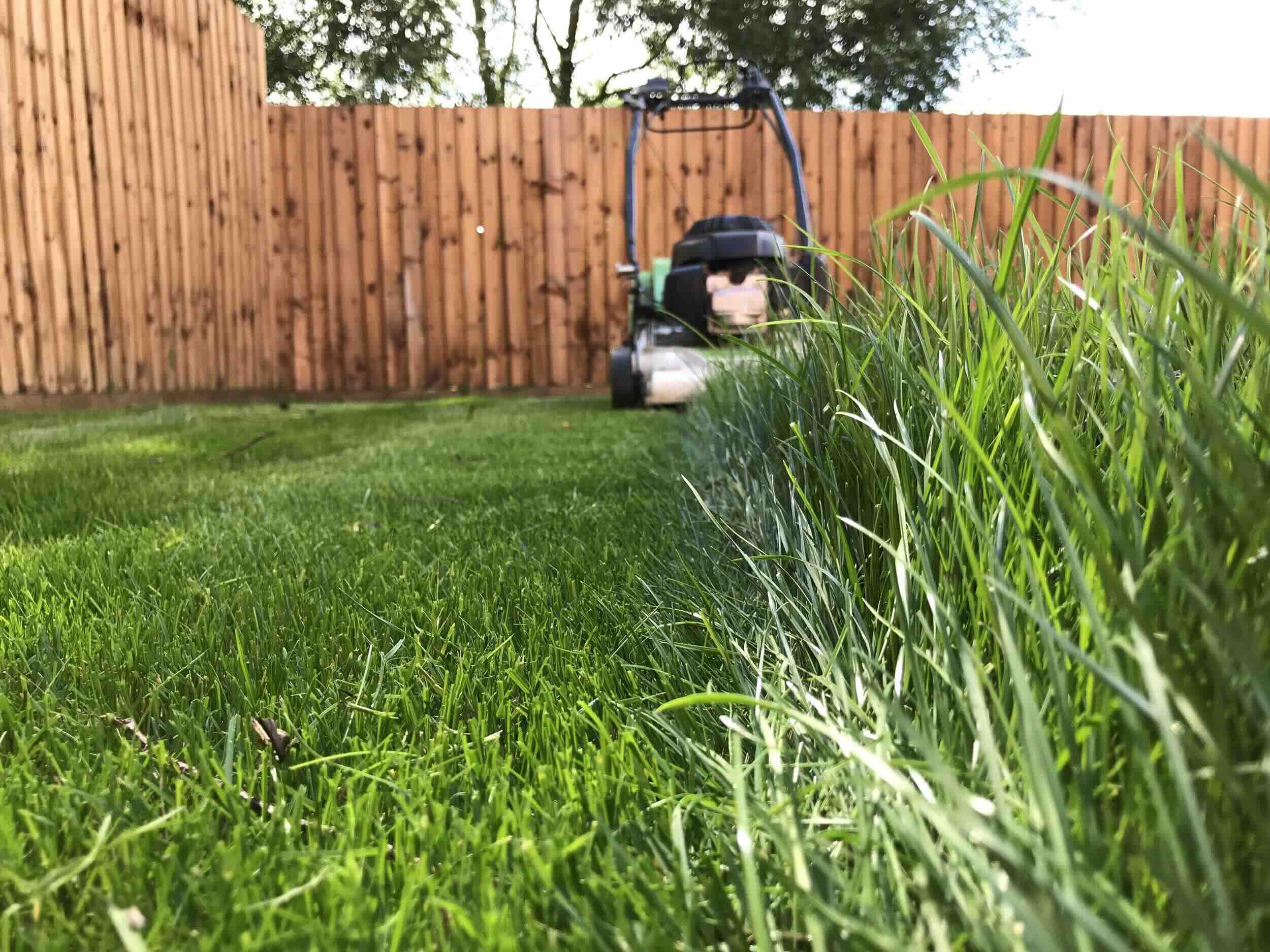
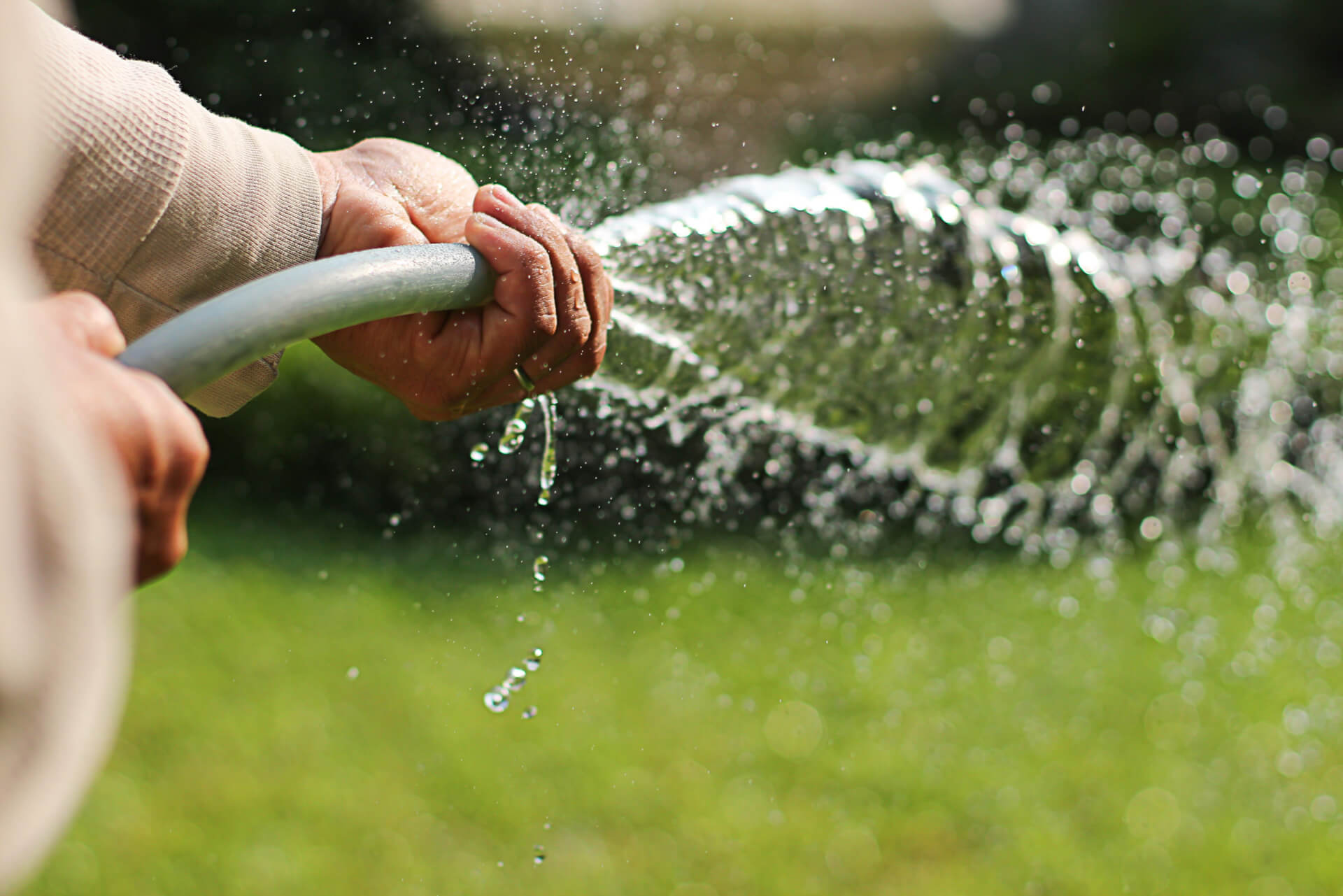
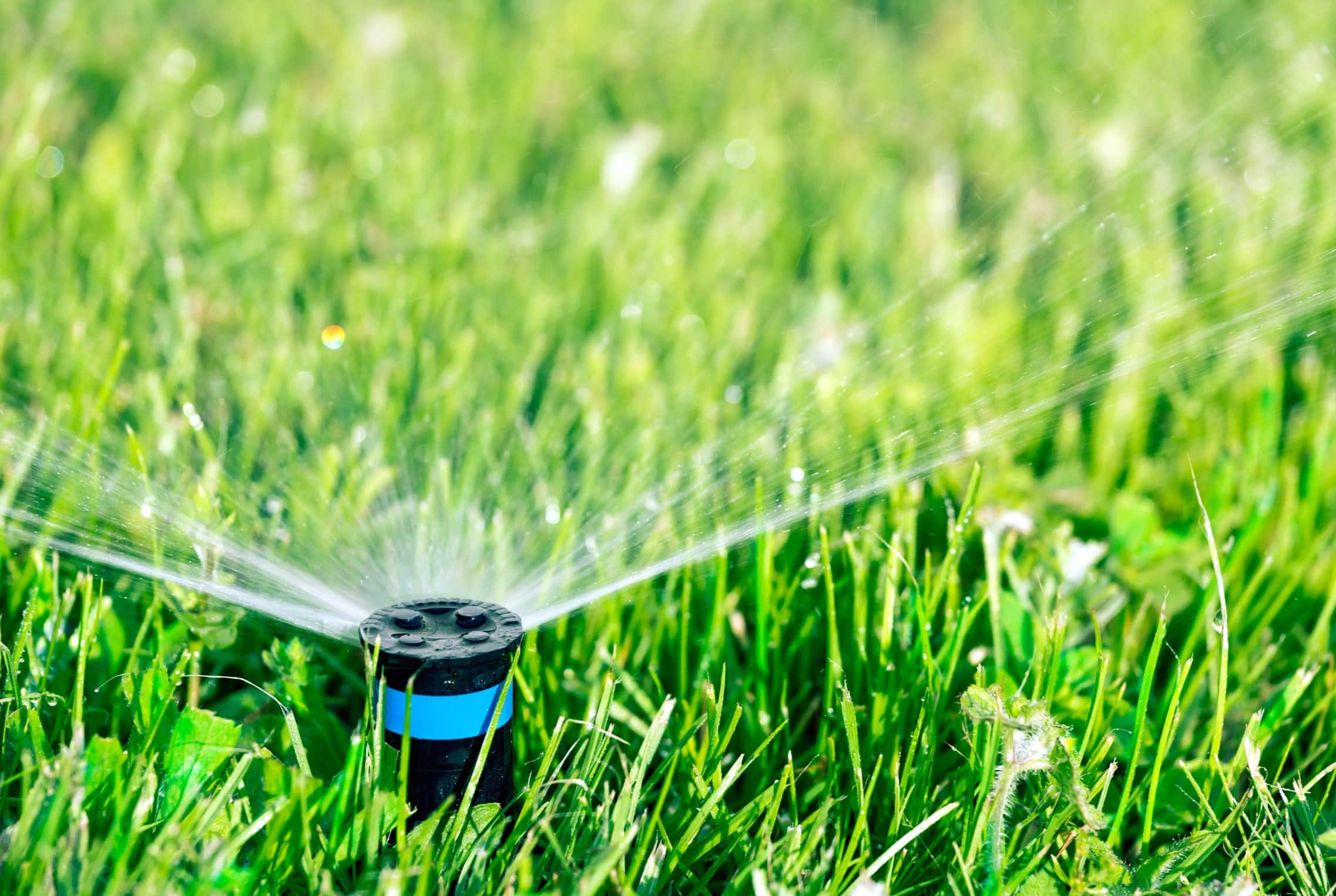


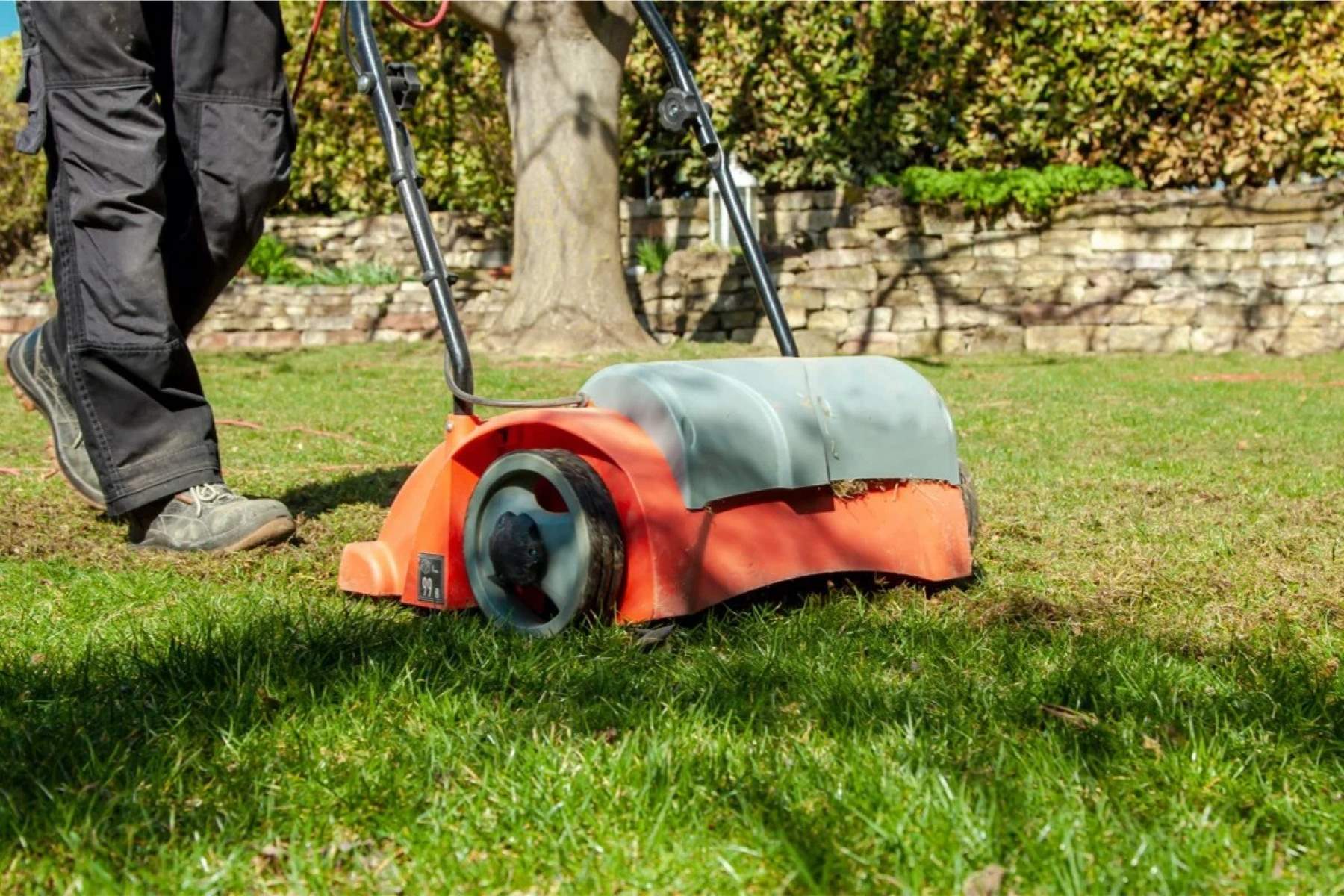
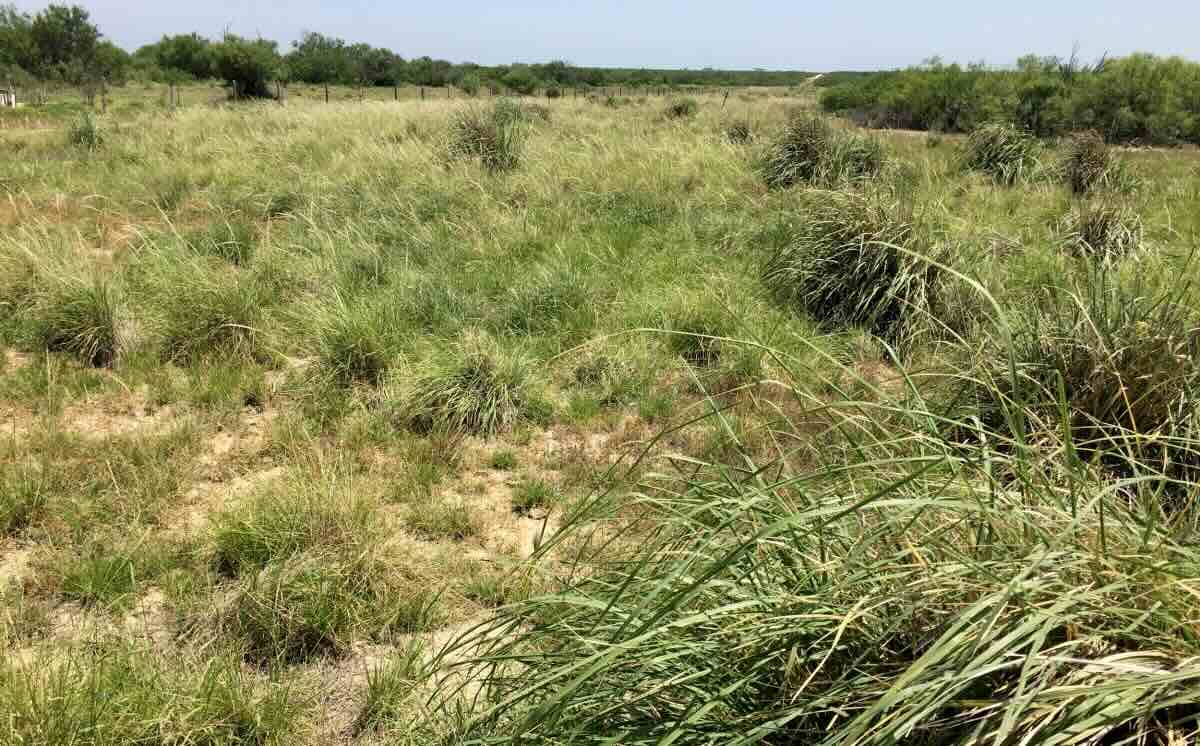
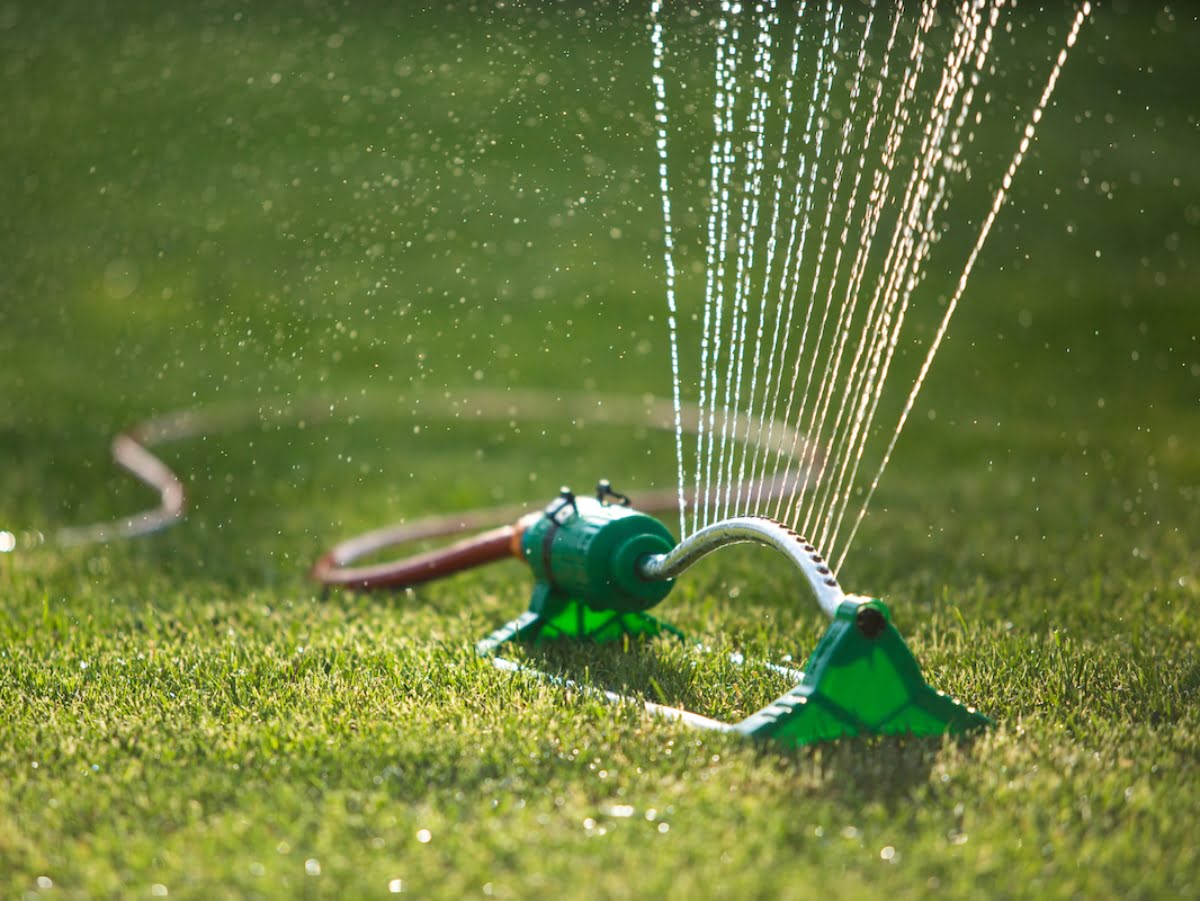

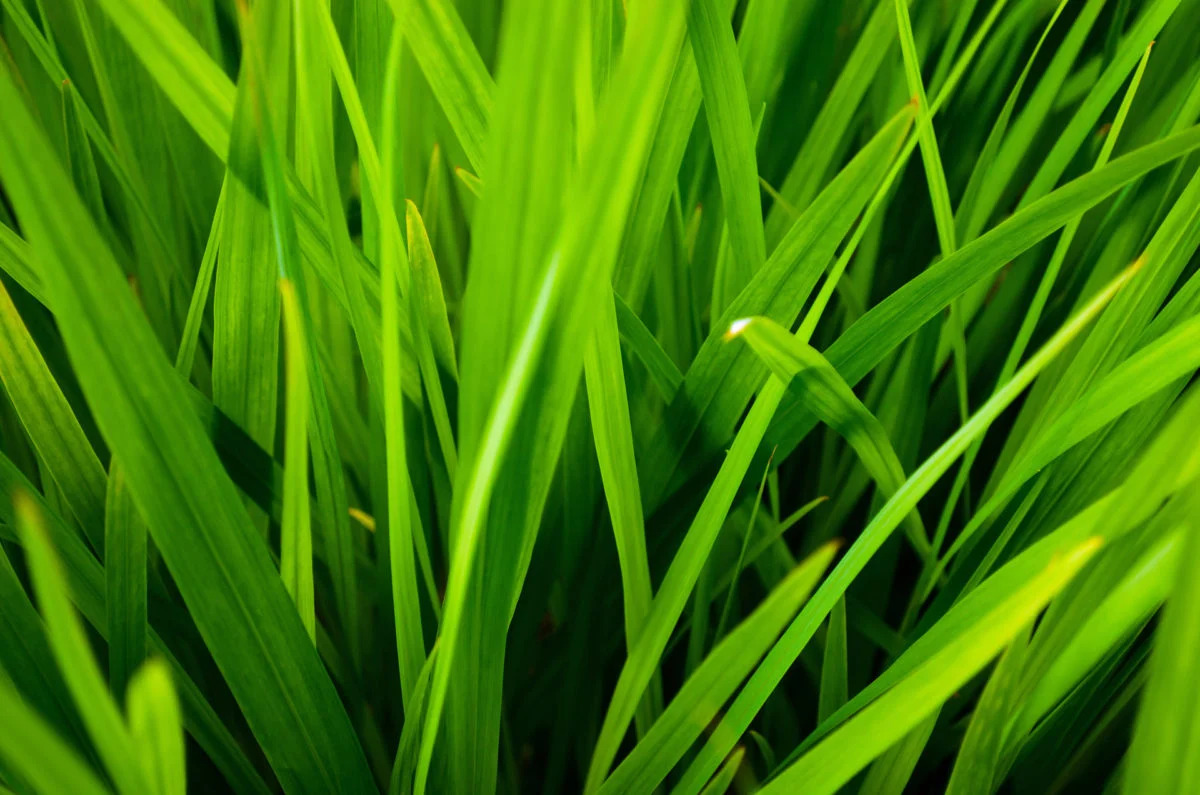
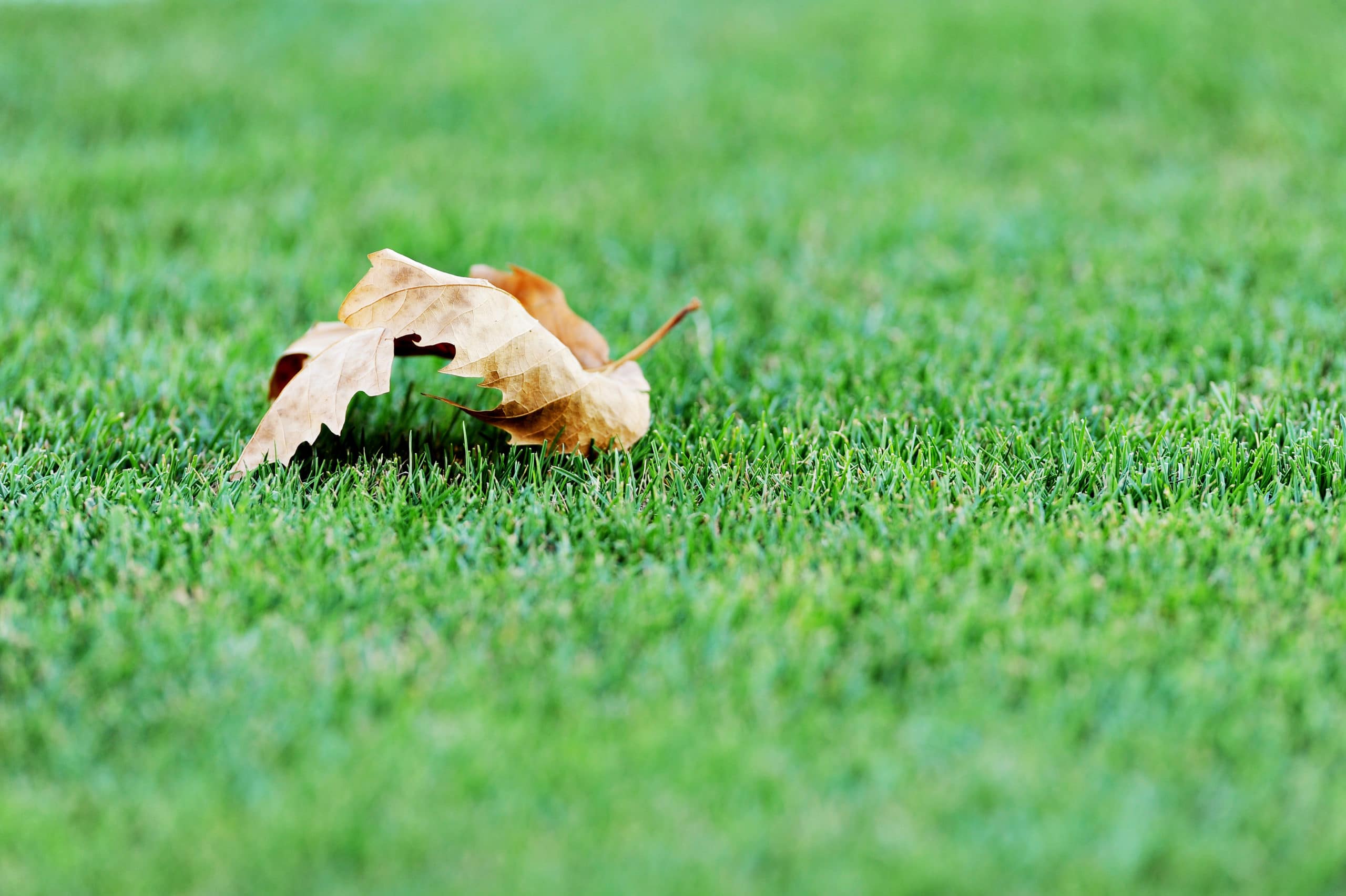


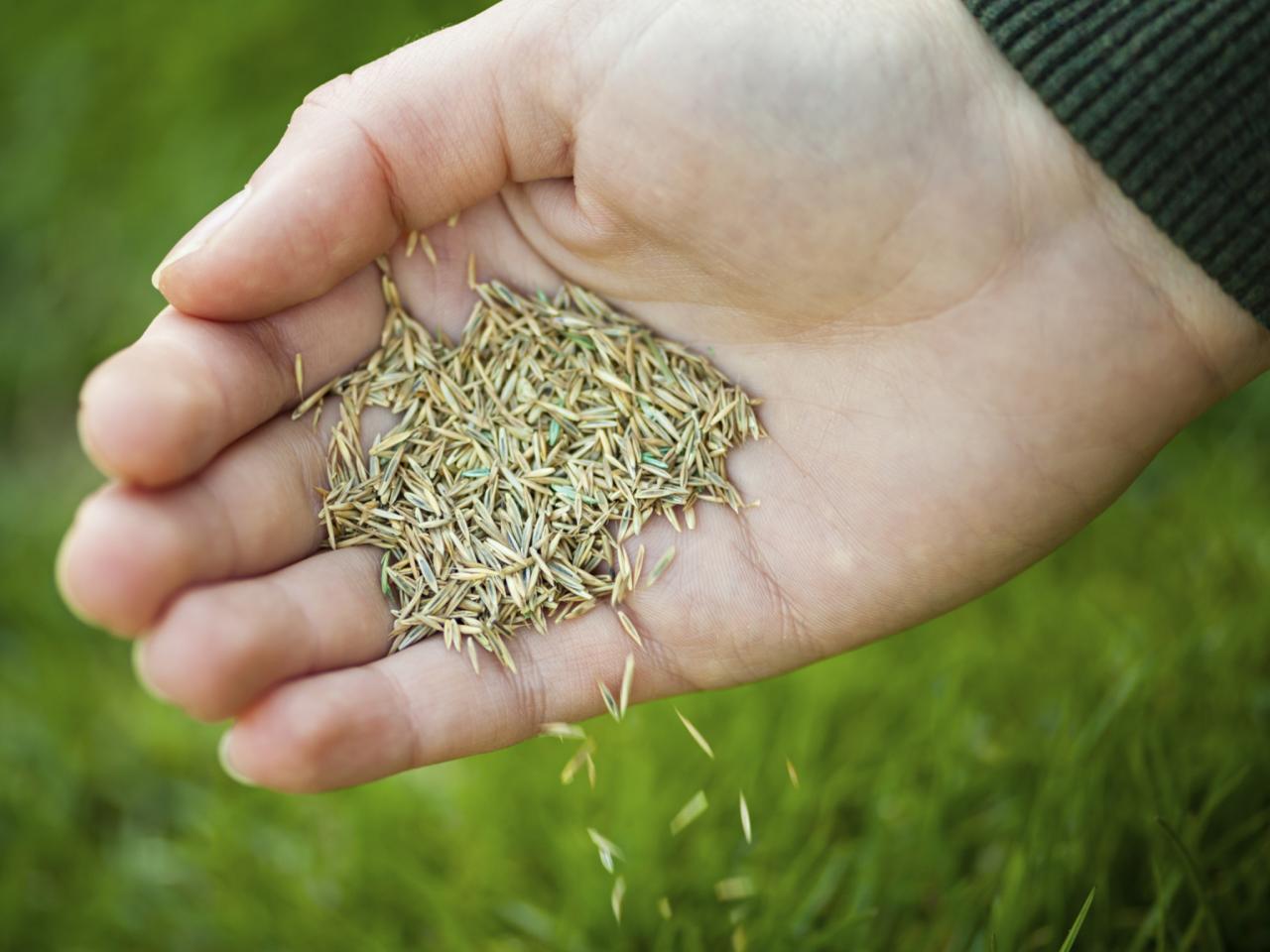

0 thoughts on “How To Keep Grass Green In Texas”